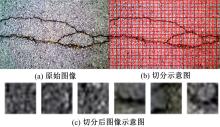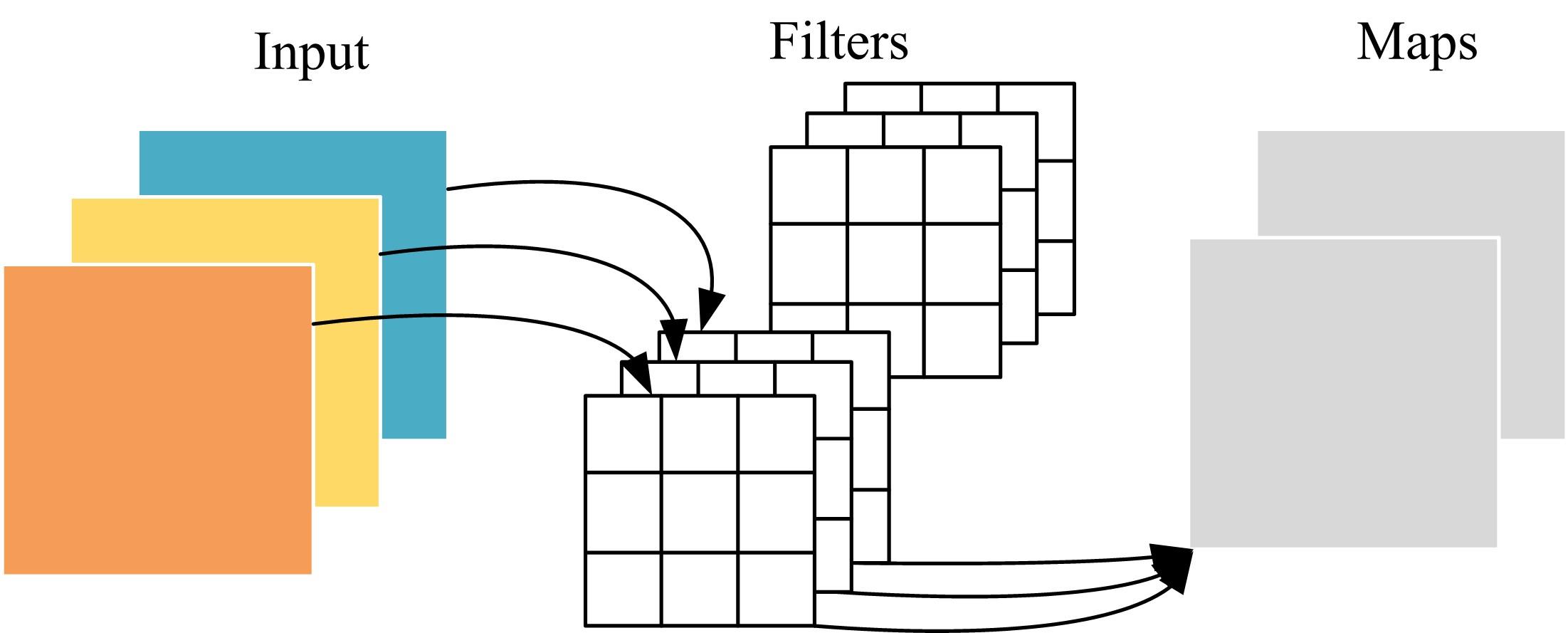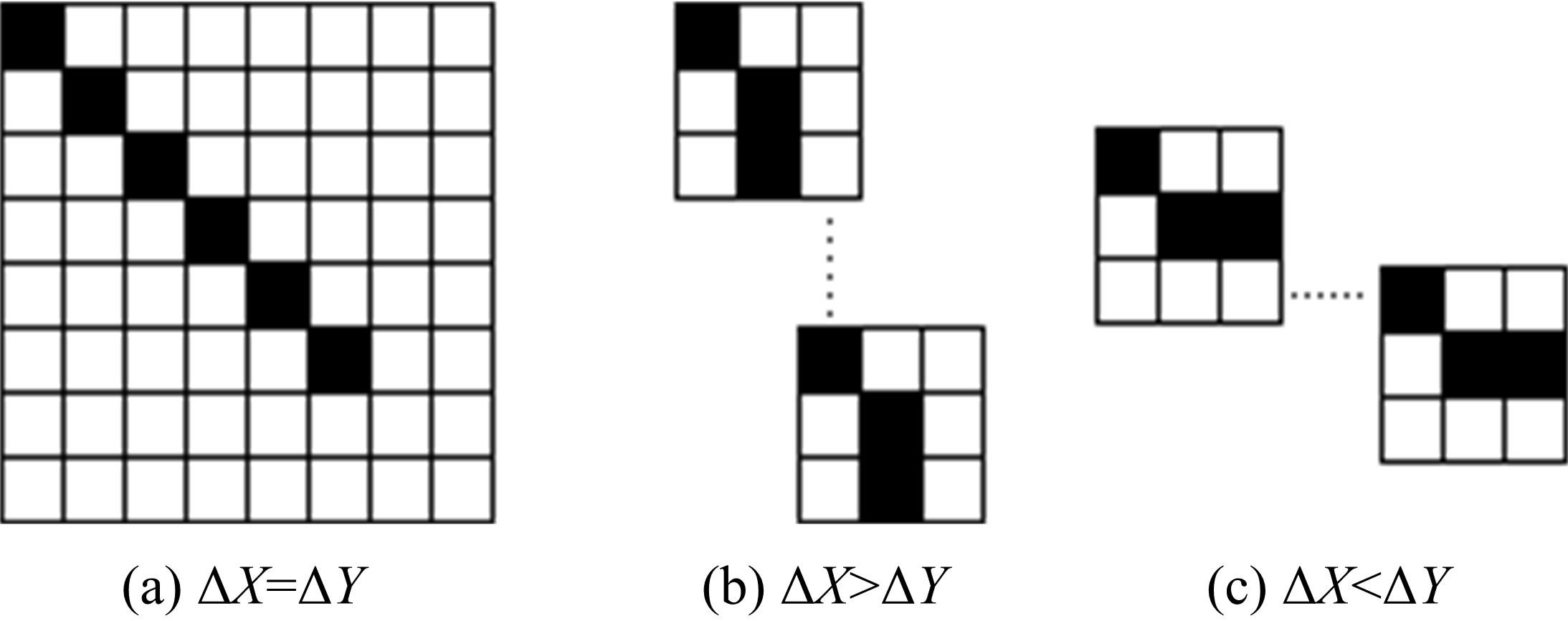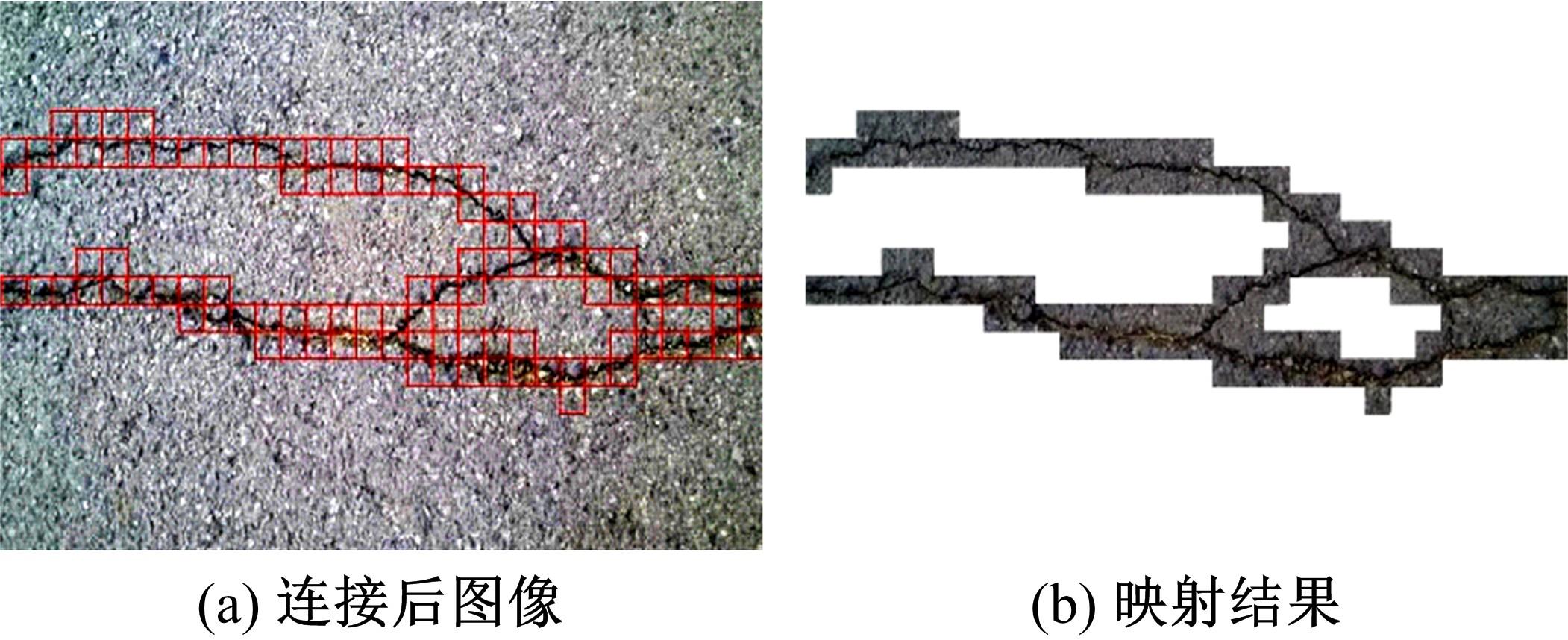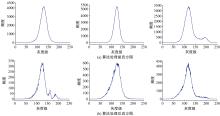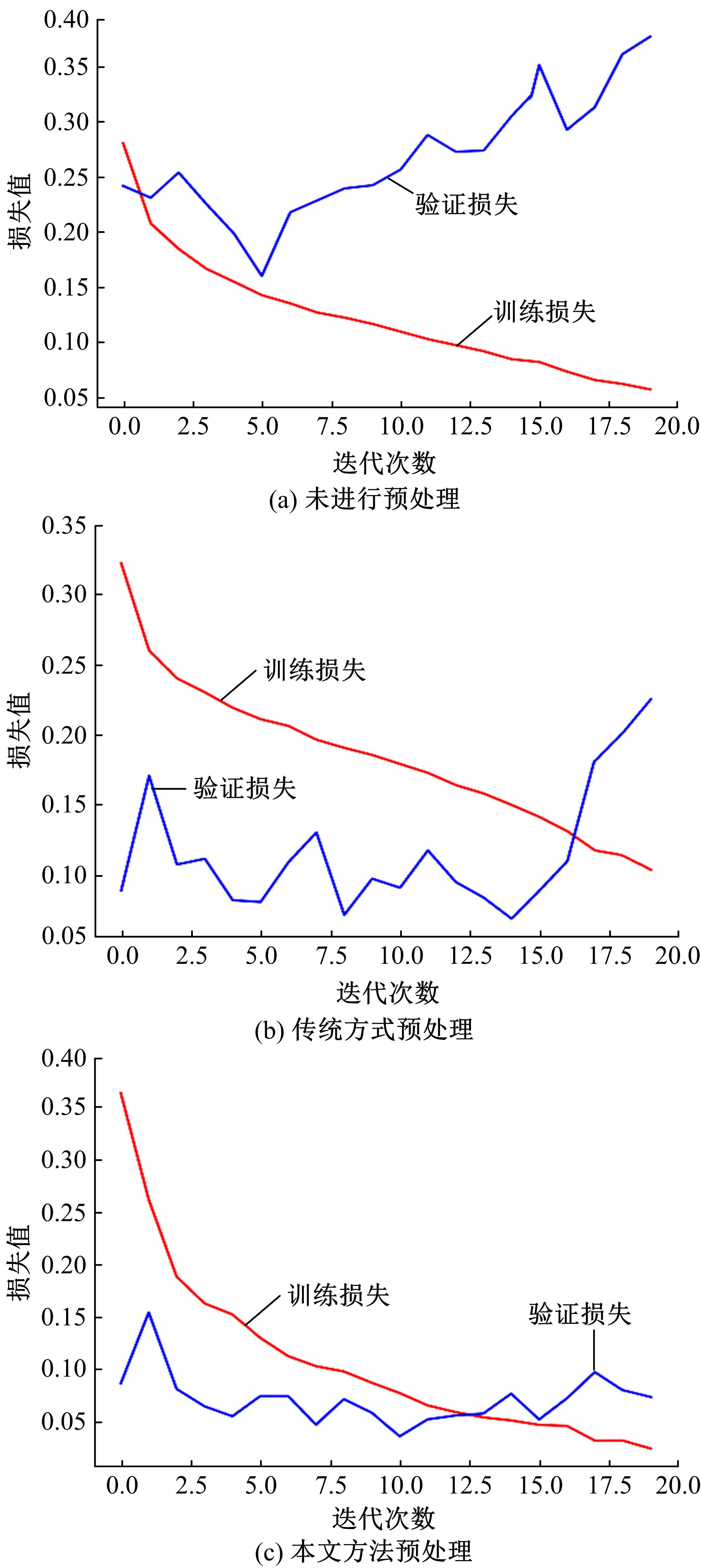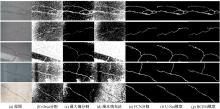Journal of Jilin University(Engineering and Technology Edition) ›› 2023, Vol. 53 ›› Issue (5): 1418-1426.doi: 10.13229/j.cnki.jdxbgxb.20210860
Crack identification method for bridge based on BCEM model
Zhen-hai ZHANG1( ),Kun JI1,Jian-wu DANG1,2
),Kun JI1,Jian-wu DANG1,2
- 1.School of Automation and Electrical Engineering,Lanzhou Jiaotong University,Lanzhou 730070,China
2.Gansu Province Artificial Intelligence and Graphics and Image Processing Engineering Research Center,Lanzhou 730070,China
CLC Number:
- TP391.41
| 1 | 《中国公路学报》编辑部. 中国桥梁工程学术研究综述·2021[J]. 中国公路学报, 2021, 34(2): 1-97. |
| Editorial Department of China Journal of Highway and Transport. A summary of academic research on chinese bridge engineering·2021[J]. Journal of China Highway, 2021, 34(2): 1-97. | |
| 2 | Song B, Wei N. Statistics properties of asphalt pavement images for cracks detection[J]. Journal of Information & Computational Science, 2013, 10(9): 2833-2843. |
| 3 | Zou Q, Zhang Z, Li Q Q, et al. Deepcrack: learning hierarchical convolutional features for crack detection[J]. IEEE Trans Image Processing, 2019, 28(3): 1498-1512. |
| 4 | 肖明尧, 李雄飞, 张小利, 等.基于多尺度的区域生长的图像分割算法[J].吉林大学学报: 工学版, 2017, 47(5): 1591-1597. |
| Xiao Ming-yao, Li Xiong-fei, Zhang Xiao-li, et al. Image segmentation algorithm based on multi-scale region growth[J]. Journal of Jilin University(Engineering and Technology Edition), 2017, 47(5): 1591-1597. | |
| 5 | Qu Z, Chen S Q, Liu Y Q, et al. Linear seam elimination of tunnel crack images based on statistical specific pixels ratio and adaptive fragmented segmentation[J]. IEEE Transactions on Intelligent Transportation Systems, 2020, 21: 3599-3607. |
| 6 | 谢志江, 吕波, 刘琴, 等.旋转不变性图像模板匹配快速算法[J].吉林大学学报: 工学版, 2013, 43(3): 711-717. |
| Xie Zhi-jiang, Bo LYU, Liu Qin, et al. A fast algorithm for image template matching with rotation invariance[J]. Journal of Jilin University(Engineering and Technology Edition), 2013, 43(3): 711-717. | |
| 7 | Zhao B, Dai M, Li P, et al. Defect detection method for electric multiple units key components based on deep learning[J]. IEEE Access, 2020, 8: 136808-136818. |
| 8 | 李良福, 马卫飞, 李丽, 等.基于深度学习的桥梁裂缝检测算法研究[J].自动化学报, 2019, 45(9): 1727-1742. |
| Li Liang-fu, Ma Wei-fei, Li Li, et al. Research on bridge crack detection algorithm based on deep learning[J]. Automatica Sinica, 2019, 45(9): 1727-1742. | |
| 9 | Cha Y J, Choi W, Oral B. Deep learning-based crack damage detection using convolutional neural networks[J]. Computer-Aided Civil and Infrastructure Engineering, 2017, 32(5): 361-378. |
| 10 | He K M, Zhang X Y, Ren S Q, et al. Deep residual learning for image recognition[C]∥IEEE Conference on Computer Vision and Pattern Recognition, Las Vegas, USA, 2016: 770-778. |
| 11 | Rahul K, Ankur G, Harkirat S A, et al. CBSN: comparative measures of normalization techniques for brain tumor segmentation using SRCNet[J]. Multimedia Tools and Applications, 2022, 81(10): 13203-13235. |
| 12 | 曹锦纲, 杨国田, 杨锡运.基于注意力机制的深度学习路面裂缝检测[J].计算机辅助设计与图形学学报, 2020, 32(8): 1324-1333. |
| Cao Jin-gang, Yang Guo-tian, Yang Xi-yun. Deep learning pavement crack detection based on attention mechanism[J]. Journal of Computer Aided Design and Graphics, 2020, 32(8): 1324-1333. | |
| 13 | 黄宏伟, 李庆桐.基于深度学习的盾构隧道渗漏水病害图像识别[J].岩石力学与工程学报, 2017, 36(12): 2861-2871. |
| Huang Hong-wei, Li Qing-tong. Image recognition of water leakage in shield tunnels based on deep learning[J]. Chinese Journal of Rock Mechanics and Engineering, 2017, 36(12): 2861-2871. | |
| 14 | Simonyan S, Zisserman A. Very deep convolutional networks for large-scale image recognition[J/OL]. [2015-04-10]. |
| 15 | Islam M M M, Kim JM. Vision-based autonomous crack detection of concrete structures using a fully convolutional encoder-decoder network[J]. Sensors(Basel), 2019(19): 19194251. |
| 16 | 薛亚东, 李宜城.基于深度学习的盾构隧道衬砌病害识别方法[J].湖南大学学报: 自然科学版, 2018, 45(3): 100-109. |
| Xue Ya-dong. Li Yi-cheng. A method of disease recognition forshield tunnel lining based on deep learning[J]. Joumal of Hunan University(Natural Sciences), 2018, 45(3): 100-109. | |
| 17 | Sandler M, Howard A, Zhu M, et al. MobileNetV2: inverted residuals and linear bottlenecks[C]∥IEEE/CVF Conference on Computer Vision and Pattern Recognition, Salt Lake City, USA, 2018: 4510-4520. |
| 18 | Redmon J, Farhadi A. YOLOv3: an incremental improvement[J/OL]. [2018-04-08]. |
| 19 | 蔡逢煌, 张岳鑫, 黄捷.基于YOLOv3与注意力机制的桥梁表面裂痕检测算法[J].模式识别与人工智能, 2020, 33(10): 926-933. |
| Cai Feng-huang, Zhang Yue-xin, Huang Jie. Bridge surface crack detection algorithm based on YOLOv3 and attention mechanism[J]. Pattern Recognition and Artificial Intelligence, 2020, 33(10): 926-933. | |
| 20 | Saouma V E, Barton C C, Gamaleldin N A. Fractal characterization of fracture surfaces in concrete[J]. Engineering Fracture Mechanics, 1990, 35(1-3): 47-53. |
| 21 | Xu F Y, Jiang Q S. Dynamic obstacle surmounting analysis of a bilateral-wheeled cable-climbing robot for cable-stayed bridges[J]. The Industrial Robot, 2019, 46(3): 431-443. |
| 22 | 李超飞.桥梁病害检测的无人机地面站软件设计与实现[D].西安: 长安大学电子与控制工程学院, 2020. |
| Li Chao-fei. Design and implementation of UAV ground station software for bridge disease detection [D]. Xi'an: School of Electronics and Control Engineering, Chang'an University, 2020. | |
| 23 | Howard A G, Zhu M, Chen B, et al. MobileNets: efficient convolutional neural networks for mobile vision applications[J/OL]. [2017-04-17]. |
| 24 | Shi Y, Cui L M, Qi Z Q, et al. Automatic road crack detection using random structured forests[J]. IEEE Ttransactions on Intelligent Transportation Systems, 2016, 17(12): 3434-3445. |
| 25 | Billah U H, La H M, Tavakkoli A. Deep learning-based feature silencing for accurate concrete crack detection[J]. Sensors, 2020, 20(16): 20164403. |
| 26 | Jiang W B, Liu M, Peng Y N, et al. HDCB-Net: a neural network with the hybrid dilated convolution for pixel-level crack detection on concrete bridges[J]. IEEE Transactions on Industrial Informatics, 2021, 17(8): 5485-5494. |
| [1] | Ze-qiang ZHANG,Wei LIANG,Meng-ke XIE,Hong-bin ZHENG. Elite differential evolution algorithm for mixed⁃model two⁃side disassembly line balancing problem [J]. Journal of Jilin University(Engineering and Technology Edition), 2023, 53(5): 1297-1304. |
| [2] | Wen-li JI,Zhong TIAN,Jing CHAI,Ding-ding ZHANG,Bin WANG. Prediction of water⁃flowing height in fractured zone based on distributed optical fiber and multi⁃attribute fusion [J]. Journal of Jilin University(Engineering and Technology Edition), 2023, 53(4): 1200-1210. |
| [3] | Peng YU,Yan PIAO. New method for extracting person re-identification attributes based on multi-scale features [J]. Journal of Jilin University(Engineering and Technology Edition), 2023, 53(4): 1155-1162. |
| [4] | Fei WU,Hao-ye NONG,Chen-hao MA. Tool wear prediction method based on particle swarm optimizationlong and short time memory model [J]. Journal of Jilin University(Engineering and Technology Edition), 2023, 53(4): 989-997. |
| [5] | Yu JIANG,Jia-zheng PAN,He-huai CHEN,Ling-zhi FU,Hong QI. Segmentation-based detector for traditional Chinese newspaper [J]. Journal of Jilin University(Engineering and Technology Edition), 2023, 53(4): 1146-1154. |
| [6] | Ke HE,Hai-tao DING,Xuan-qi LAI,Nan XU,Kong-hui GUO. Wheel odometry error prediction model based on transformer [J]. Journal of Jilin University(Engineering and Technology Edition), 2023, 53(3): 653-662. |
| [7] | Zhen-yu WU,Xiao-fei LIU,Yi-pu WANG. Trajectory planning of unmanned system based on DKRRT*⁃APF algorithm [J]. Journal of Jilin University(Engineering and Technology Edition), 2023, 53(3): 781-791. |
| [8] | Bo TAO,Fu-wu YAN,Zhi-shuai YIN,Dong-mei WU. 3D object detection based on high⁃precision map enhancement [J]. Journal of Jilin University(Engineering and Technology Edition), 2023, 53(3): 802-809. |
| [9] | Shan XUE,Ya-liang ZHANG,Qiong-ying LYU,Guo-hua CAO. Anti⁃unmanned aerial vehicle system object detection algorithm under complex background [J]. Journal of Jilin University(Engineering and Technology Edition), 2023, 53(3): 891-901. |
| [10] | Hong-yang PAN,Zhao LIU,Bo YANG,Geng SUN,Yan-heng LIU. Overview of swarm intelligence methods for unmanned aerial vehicle systems based on new⁃generation information technology [J]. Journal of Jilin University(Engineering and Technology Edition), 2023, 53(3): 629-642. |
| [11] | Ying HE,Jun-song FAN,Wei WANG,Geng SUN,Yan-heng LIU. Joint optimization of secure communication and trajectory planning in unmanned aerial vehicle air⁃to⁃ground [J]. Journal of Jilin University(Engineering and Technology Edition), 2023, 53(3): 913-922. |
| [12] | Peng GUO,Wen-chao ZHAO,Kun LEI. Dual⁃resource constrained flexible job shop optimal scheduling based on an improved Jaya algorithm [J]. Journal of Jilin University(Engineering and Technology Edition), 2023, 53(2): 480-487. |
| [13] | Jin-Zhen Liu,Guo-Hui Gao,Hui Xiong. Multi⁃scale attention network for brain tissue segmentation [J]. Journal of Jilin University(Engineering and Technology Edition), 2023, 53(2): 576-583. |
| [14] | Xian-yu QI,Wei WANG,Lin WANG,Yu-fei ZHAO,Yan-peng DONG. Semantic topological map building with object semantic grid map [J]. Journal of Jilin University(Engineering and Technology Edition), 2023, 53(2): 569-575. |
| [15] | Xiao-hu SHI,Jia-qi WU,Chun-guo WU,Shi CHENG,Xiao-hui WENG,Zhi-yong CHANG. Residual network based curve enhanced lane detection method [J]. Journal of Jilin University(Engineering and Technology Edition), 2023, 53(2): 584-592. |
|
||
